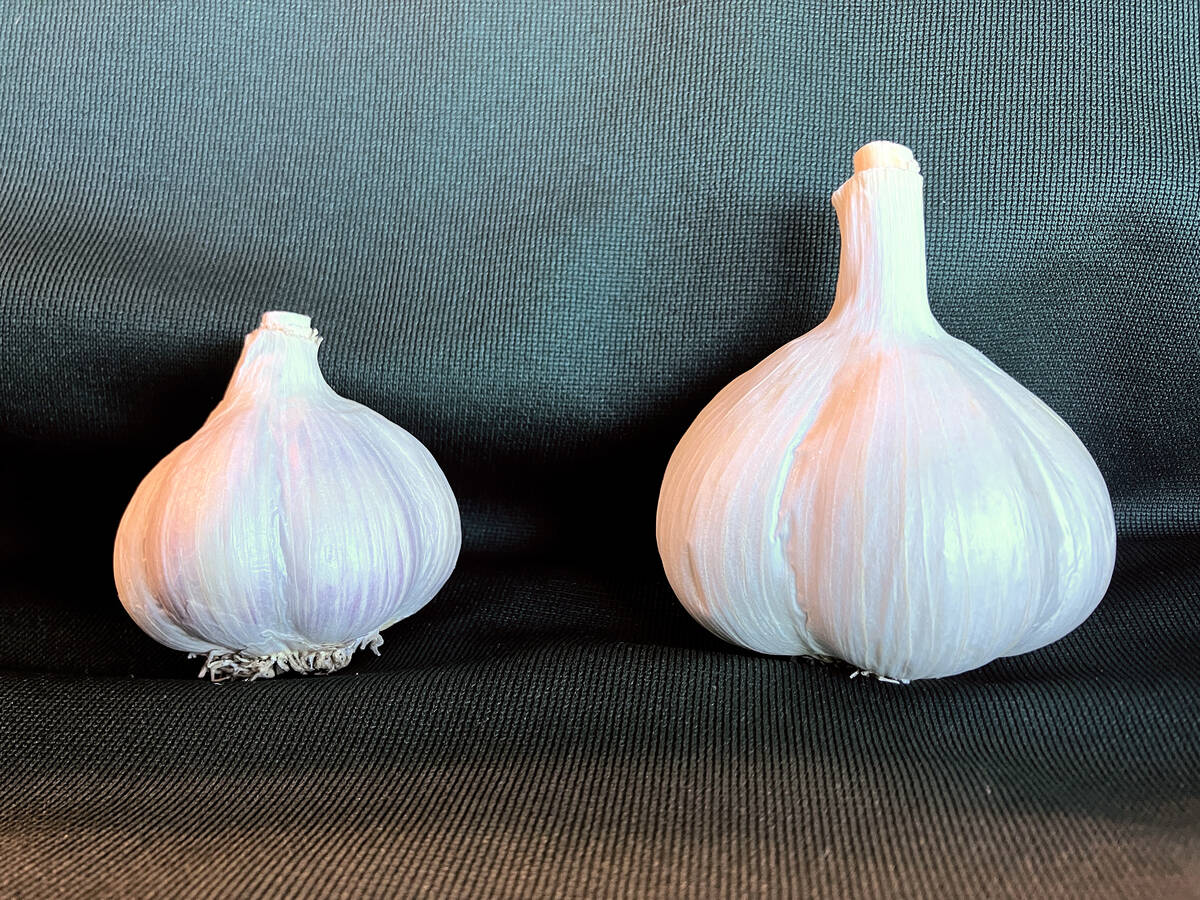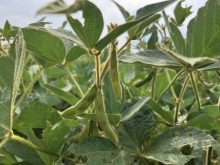A new high-oleic soybean variety has been released to help Canadian growers meet demand from high-tech food processors.
The non-genetically modified variety, Alinova, is produced by Sevita Genetics and was recently approved by Health Canada and the Canadian Food Inspection Agency. The company says the variety is exceptionally high yielding, features soybean cyst nematode resistance, and was designed to meet the unique requirements of major soybean food processors.
Why it matters: Ontario-based Sevita Genetics developed the variety to create more market opportunities for growers.
Read Also

Clean seed garlic promises bigger bulbs and higher returns for growers
Ontario garlic trials show clean seed outshines conventional yields, with stronger drought resilience, reduced virus risk and greater economic outcomes.
Sandy Hart, business manager for Sevita, says Alinova has an oil profile similar to olive oil and canola oil. Soybean oil is comparatively inexpensive, has little to no taste and low levels of saturated fats. These characteristics make it an attractive option for food processors, particularly those in Japan, Canada’s largest food-grade soybean export market.
“Japan is the main focus. It’s by far the most advanced from food science perspective. That’s where demand for this product came from,” says Hart. “It’s also more stable so it has a longer shelf life…
“A big part is that non-GM, because that’s what’s allowing us to access the food market. Most if not all other high-oleic soybeans are GM. Those are used more for crushing and fryer oils, as well as for feed.”
The variety was developed using conventional mutagenesis, a plant breeding method where radiation or chemical means are employed to induce spontaneous genetic variation. Hart emphasizes Alinova’s yield potential is comparable to other GM varieties.
“It’s an exceptionally high yielding variety with that SCN resistance. Having resistance to that expanding issue is important to us,” he says.
“If a grower uses best practices to control weeds, its going to hold up reasonably well.”
For Wes Hart, a Woodstock-area soybean grower (and relative of Sandy), 2023 will mark the second time he has grown the Alinova variety. Hart grows mostly food-grade soybeans and some for the seed market.
He says Alinova was the best performing variety in 2022, yielding an average of seven or eight bushels more than others.
This was despite experiencing the same summer drought conditions as other planted varieties, and being planted later than expected due to excess soil moisture in the spring.
A relative maturity of 1.5 (2900 heat units) also makes the variety attractive.
“We had it on a 120-acre piece. It was able to adapt to multiple production practices – part was strip till planted, another because of some tiling work was cultivated a couple times in the spring. On both treatments that variety did well,” says Hart.
“It’s a nice variety for me, with the heat unit range. We’ve had other varieties in the past that were just a little long or short for our area. But the Alinova, they fit in nicely… Now that’s my longest maturity soy this year.”
Hart adds soybean cyst nematode was not an issue across his acreage in 2022. However, the problem is growing in the wider area, spurred in part because growers, himself included, may have grown “too many soybeans for too long.” That trend resulted from low wheat prices in recent years.















